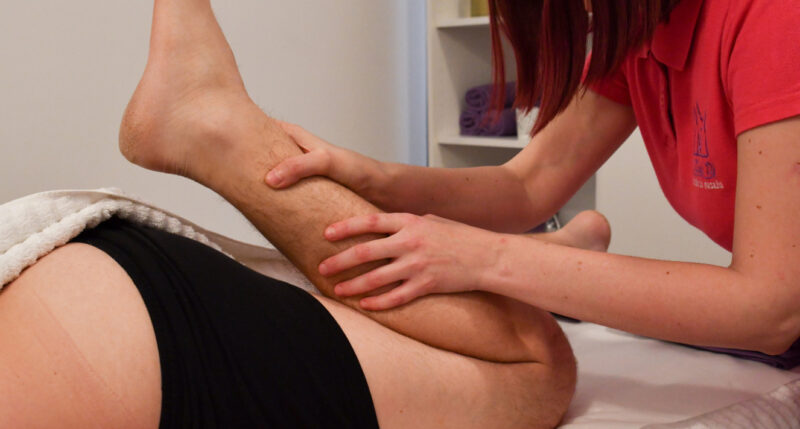Sports massage is a specialized form of massage therapy that targets the specific needs of athletes and active individuals. It goes beyond traditional relaxation massage to focus on promoting muscle recovery, enhancing performance, and preventing injuries.
In recent years, sports massage techniques have evolved to incorporate principles of sports science, ensuring that the treatments are not only effective but also based on sound physiological principles. In this article, we will explore three key techniques rooted in sports science that are commonly used by sports massage therapists to help athletes reach their full potential.
1. Deep Tissue Massage: Enhancing Athletic Performance and Recovery

Deep tissue massage is a powerful technique that can have a profound impact on athletic performance and recovery. By targeting the deeper layers of muscle tissue, this massage style can help athletes achieve greater flexibility, range of motion, and overall muscle function.
In addition, deep tissue massage can help to break up scar tissue and adhesions, improving circulation and reducing the risk of injury. By incorporating deep tissue massage into their training regimen, athletes can enhance their physical performance and facilitate quicker recovery times after intense workouts or competitions.
This specialized technique is rooted in sports science and has been proven to be effective in optimizing athletic potential.
2. Myofascial Release: Improving Flexibility and Range of Motion for Athletes

Myofascial release is a well-known technique in the world of sports massage, aimed at improving flexibility and range of motion for athletes. By targeting the fascia, a connective tissue that surrounds and supports muscles, myofascial release helps to release tension and tightness in the body that may be hindering performance.
This technique involves applying sustained pressure to specific points on the body to help release restrictions and improve blood flow to the muscles. As athletes push their bodies to the limit, it is important to incorporate myofascial release into their routine to prevent injury and improve overall performance on the field or court.
3. Trigger Point Therapy: Alleviating Muscle Tension and Pain in Sports Medicine

Trigger point therapy is a highly effective technique used in sports medicine to target specific areas of muscle tension and pain. By applying pressure to these trigger points, therapists can help alleviate discomfort and improve range of motion for athletes.
This hands-on approach allows for deep tissue manipulation and can provide immediate relief for individuals experiencing muscle tightness or soreness. Incorporating trigger point therapy into a sports massage regimen can help athletes recover faster, prevent injuries, and improve overall performance on the field or court.
The focused nature of this technique allows therapists to address problem areas with precision, resulting in targeted relief that can have lasting effects.
Conclusion
In conclusion, sports massage techniques rooted in sports science offer a unique approach to improving athletic performance and aiding in recovery. By focusing on manipulating soft tissues to enhance muscle function, reduce tension, and increase flexibility, sports massage can effectively address the specific needs of athletes.
Whether it’s using techniques like myofascial release, trigger point therapy, or compression therapy, athletes can benefit from incorporating sports massage into their training routines. As the demand for sports massage continues to grow, 마사지사이트 provides a valuable resource for athletes looking to maximize their performance and overall well-being. With a focus on evidence-based practices and specialized techniques, sports massage proves to be a vital component in the success of athletes at all levels.


